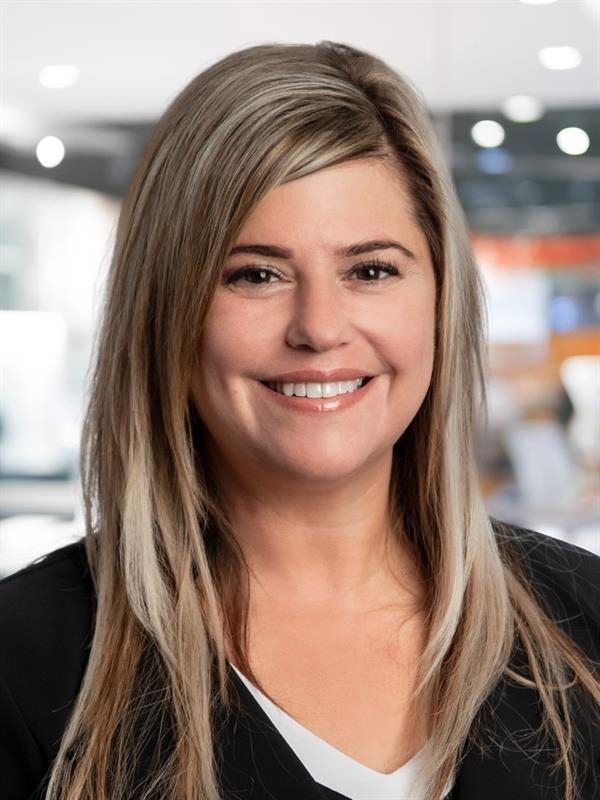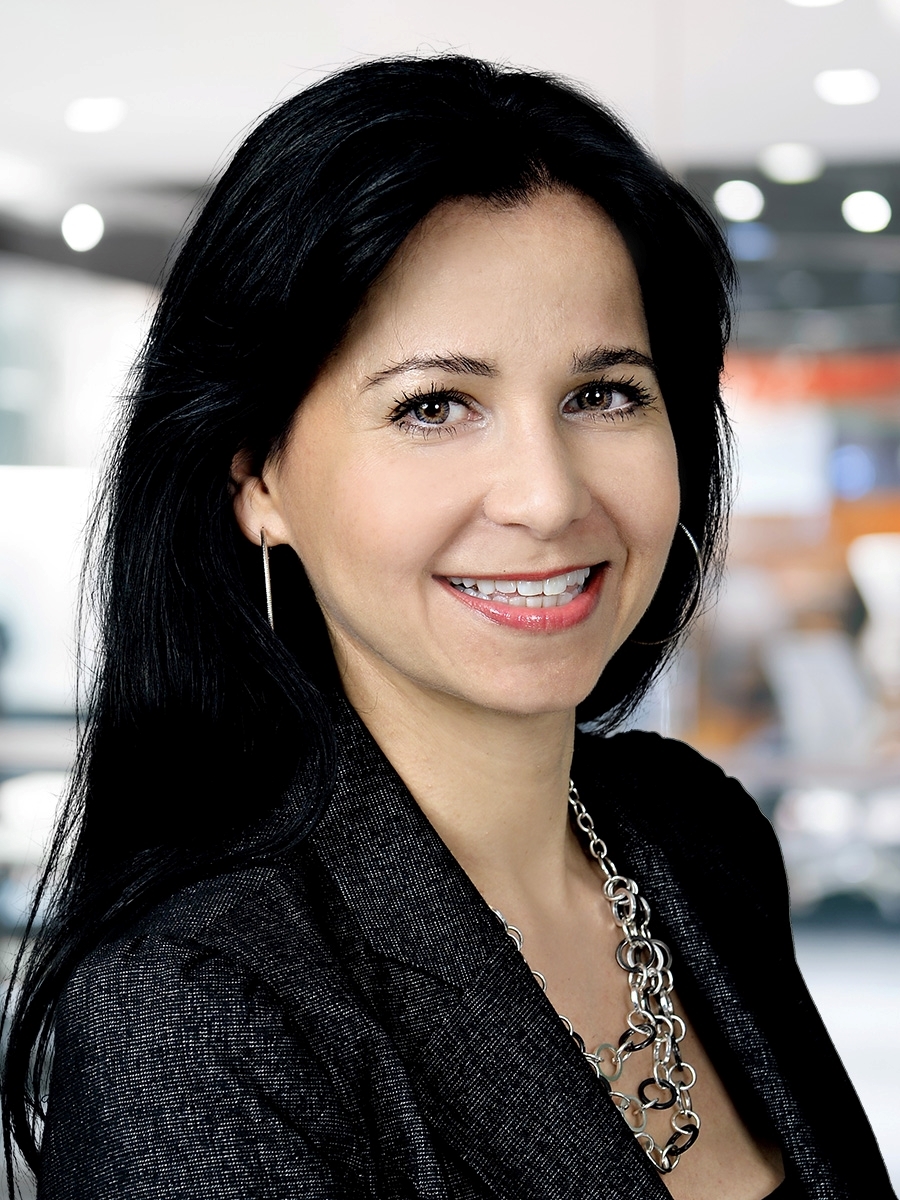A recent MNP survey of Quebec business owners and executives revealed only three percent rated their risk of corporate financial fraud as very high, compared to almost half who see the risk as low or very low. This finding is especially concerning when compared to the three quarters of survey respondents who believe their risk either decreased (16%) or hasn’t changed (57%) throughout the COVID-19 pandemic.
While the analysis was not inclusive of business leaders in other provinces, it does raise concerns that Canadian business leaders are generally not focusing enough attention and resources on prevention of fraud or corruption. At the very least, it highlights the need for all Canadian organizations to reassess their approach to fraud risk and opportunities to protect their bottom lines.
The reality is corporate financial fraud is always a risk for Canadian organizations: While there are steps every organization can take to discourage would-be perpetrators from attempting fraudulent acts, and controls to detect them, there is no way to reduce risk to zero. Organizations need to understand where they’re vulnerable to fraud and corruption, and create proactive systems to prevent, detect, and respond to final misconduct to mitigate damages.
COVID-19 has increased the motivation and opportunities for fraud
Two years into the pandemic, it’s particularly concerning so many organizations have ignored warnings about the increased fraud risk in their business. Change has been a constant theme since March 2020 — and change always creates added risk.
We saw large layoffs and furloughs, shifting business models, geographic distancing, and a massive transition to remote working and retirement through the stages of COVID-19. These events individually increase the opportunities for fraud to occur, as well as the motivations for certain individuals to commit workplace wrongdoing. More recently, we’ve started to see new drivers of fraud in the form of rising inflation, the “war on talent”, supply-chain issues, and many organizations transitioning employees: new recruits, hybrid work arrangements, and even more retirements.
Even for organizations that do conduct annual or semi-annual risk assessments — which our survey also revealed was surprisingly few — these may not be frequent enough to keep up with the pace of change. Ad hoc reassessments are critical any time a material change that could render the findings of a previous risk assessment obsolete: for example, if someone responsible for anti-fraud programs or financial controls departs the company. While not a replacement for more in-depth risk analyses, such measures can help to close emerging loopholes and opportunities before bad actors have an opportunity to exploit them.
Not knowing is not an option
Another shocking finding in the MNP survey was more than one in five businesses couldn’t say for certain whether they’d ever been a victim of financial fraud: Nine percent said they didn’t know whether their business had experienced a past fraud, while twelve percent said they suspected but couldn’t confirm one had occurred.
While it’s difficult to generalize to all Canadian organizations, these figures are significant enough to be concerning. Fraud and corruption prevention needs to be at the core of every organization’s governance framework. Not knowing is not a sign of humility. Rather, it indicates either a lack of effort to investigate suspicions of fraudulent activity or a lack of confidence in existing systems to detect, deter, and respond to fraud in the organization.
Boards and leadership teams have a responsibility to investors, employees, and other stakeholders to proactively seek out and address the suspicious and warning signs of fraud. Everyone from the board to the most entry-level role needs to be equipped with the training, resources, and support to spot the warning signs, raise concerns, and respond quickly to any reports of unethical behaviour. Anything less can allow fraudulent behaviour.
People are your best asset, provided you empower them
Organizations need to recognize there isn’t a silver bullet to uncover instances of financial fraud and corruption. Every prevention and detection measure has flaws and blind spots. That’s why fraud experts recommend a layered system of controls: each provides a reasonable level of assurance while helping to catch potential concerns the previous layer may have missed, without undue burden to the business.
People are a significant component of this filtration system, both in sheer numbers and overall effectiveness. Yet, our experience suggests they’re also strikingly underutilized.
The Association of Certified Fraud Examiners (ACFE) revealed in their 2020 Report to the Nations that tips accounted for more frauds detected globally than internal audits, management reviews, account reconciliation, external audits, document examinations, and fraud surveillance combined. More than two in every five frauds uncovered in 2019 was detected because of a tip.
However, only one in five Quebec business leaders said they have a formal mechanism in place to receive tips from employees, customers, or vendors. Even worse, only a third say they provide fraud awareness training to their employees — and fewer than half of those sessions were attended by non-management employees. Making these figures more striking is the ACFE indicates training increases the likelihood of employee tips by nearly 20 percent.
It’s no exaggeration to say that people are one of the most effective mechanisms to prevent and detect instances of fraud, if not the most effective. But they’re only as strong as the systems and structures in place to support them. Leaders need to set a strong tone from the top that theirs is an organization that doesn’t tolerate unethical behaviour. They need to create an environment where whistleblowers feel protected and secure in reporting suspicions — and where everyone can feel confident in understanding the warning signs of fraud and what to do about it.
Afterall, it’s people who commit acts of fraud. And those people are in positions of trust. The research shows it’s people who are most likely to bring these acts to light. Nobody wants to be complicit in someone else’s unethical act. But passive reliance is not a means of fraud prevention — empowerment is.
Contact us
Lisa Majeau Gordon , FCPA, FCA, CA•IFA, CFE, CFF
National Leader, Forensics and Litigation Support
T: 780-453-5375
E: [email protected]
Corey Bloom , FCPA, FCA, CA•IFA, CFE, CFF
Partner, Eastern Canada Leader (Quebec, NCR and Atlantic Canada), Forensics, Investigations and Disputes
T: 514-228-7863
E: [email protected]







